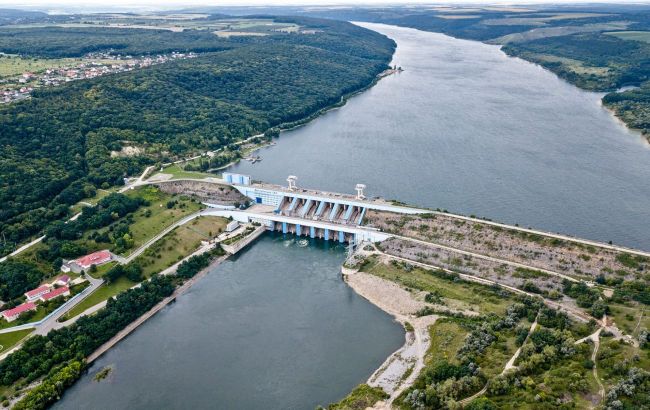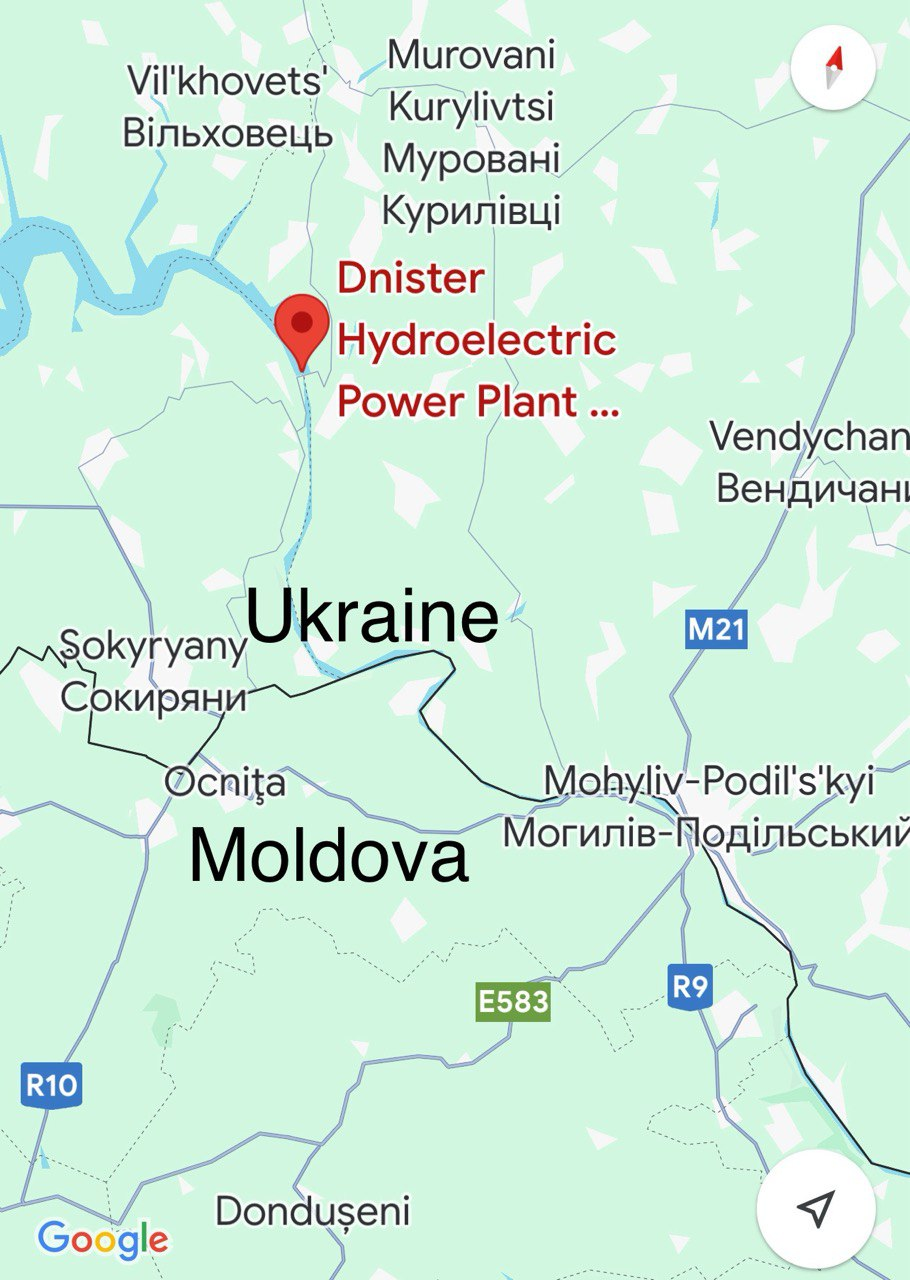Why did Russia attack Dniester HPS and what does Moldova have to do with it: Expert opinion
 Photo: Russian forces attacked the Dniester HPS (facebook.com dnistrovska ges)
Photo: Russian forces attacked the Dniester HPS (facebook.com dnistrovska ges)
Russians forces attempted to strike the Dniester Hydroelectric Power Station (HPS) on the night of March 29th. As stated by President Volodymyr Zelenskyy, Russia aims to replicate the catastrophe at the Kakhovka HPP, but now Moldova is also under threat.
RBC-Ukraine explains why Russia attacked the Dniester HPS and what Moldova has to do with it.
During the preparation of the publication, statements from President Volodymyr Zelensky, the head of the Chernivtsi Regional Military Administration Ruslan Zaparaniuk, and comments from Maksym Bilyavskyi, a candidate of technical sciences and former director of integrated communications at Naftogaz Ukraine, were used.
Attack on Hydroelectric Power Stations
Today, after the meeting of the Staff of the Supreme Commander-in-Chief, Zelenskyy announced that Russians attempted to attack the Kaniv and Dniester Hydroelectric Power Stations overnight.
"The terrorist country seeks to repeat the ecological disaster in the Kherson region. But now not only Ukraine is under threat, but also Moldova. Water will not stop at the border posts, just as the Russian war will not stop if it is not stopped together and in time in Ukraine," he wrote in his Telegram channel.
As reported by the head of the Chernivtsi Regional Military Administration, Ruslan Zaparaniuk, enemy missiles were intercepted before reaching the Dniester Hydroelectric Power Station. However, the explosive wave damaged the administrative building, and rocket fragments damaged the water pipeline in the village of Ozheve, located near the dam.
"Fortunately, no one was injured. Currently, law enforcement officers are conducting investigative actions. Inspection teams and a special commission have been formed to assess the damages," added the regional leader.
It should be noted that the Dniester Hydroelectric Power Station is located on the border of the Chernivtsi and Vinnytsia regions, not far from Moldova, and the Dniester River, on which the dam is built, runs along the Ukrainian-Moldovan border.

What the expert says
As stated in a comment to RBC-Ukraine by expert Maksym Bilyavskyi, Russian attacks on Ukrainian hydroelectric power stations could entail several risks simultaneously. Firstly, there's the risk of a technological disaster, and secondly, the risk of losing generating power capacity. Additionally, according to him, this could create problems with water supply, which in turn could impact agriculture.
"As for ensuring electricity supply, I would like to draw attention to the fact that these facilities have been targeted before. In 2022, the enemy already attempted to attack the Dniester Hydroelectric Power Station. Here it is necessary to understand why the Dniester Hydroelectric Power Station. In my opinion, there are two reasons," added the expert.
The first reason, as noted by Bilyavskyi, lies in Moldova's assistance with electricity transit to Ukraine. The second reason is that Moldova is partially dependent on power stations located in the Transnistria region for its energy balance.
"Presumably, the aggressor aimed to achieve these two goals. On one hand, to diminish Ukraine's capabilities to receive electricity from neighboring countries. And the second, probable goal, is to increase Moldova's dependency virtually to 100% on electricity from power stations located in the Transnistria region," he explained.
Regarding the threat of hydroelectric power stations being destroyed by Russian attacks, according to Bilyavskyi, it's very difficult to accomplish.
"Because when hydroelectric dams are designed, they are designed to withstand a force equivalent to the impact of a Boeing 777 falling from an altitude of 10,000 meters. Thus, the dams themselves are quite sturdy. The machinery compartments and turbines are submerged underwater. The only things that could be damaged are administrative buildings and switches that facilitate the connection of the hydroelectric power stations to the unified power grid," the expert said.
Night attack on Ukraine
On the night of March 29, the Russian army once again attacked Ukraine from the air. The enemy deployed 60 kamikaze drones and 39 missiles of various types across Ukraine. Anti-aircraft defenses managed to destroy 56 drones and 29 missiles.
The enemy's attack targeted energy facilities. Specifically, Russian forces attacked three thermal power plants in Ukraine. Additionally, critical infrastructure objects in the Dnipropetrovsk, Cherkasy, Lviv, and Ivano-Frankivsk regions were targeted.
For more details on the consequences of the enemy attack, refer to the material by RBC-Ukraine.

